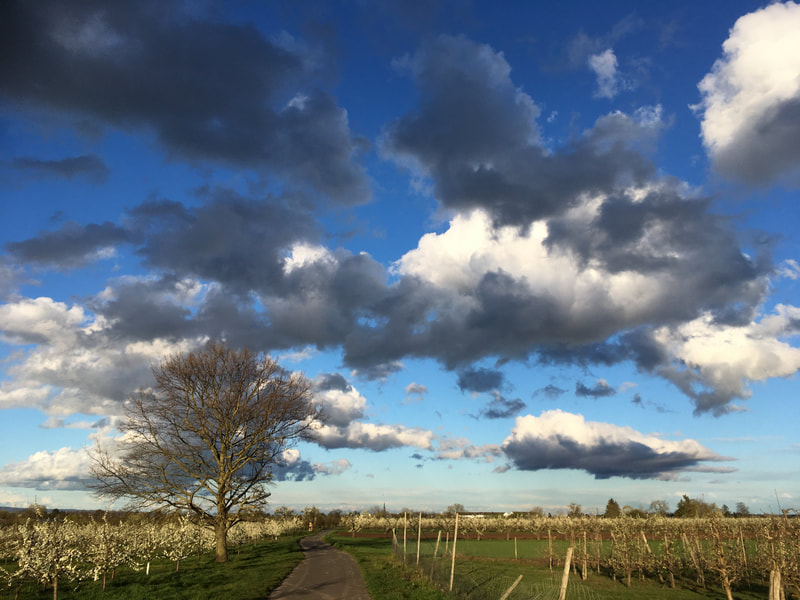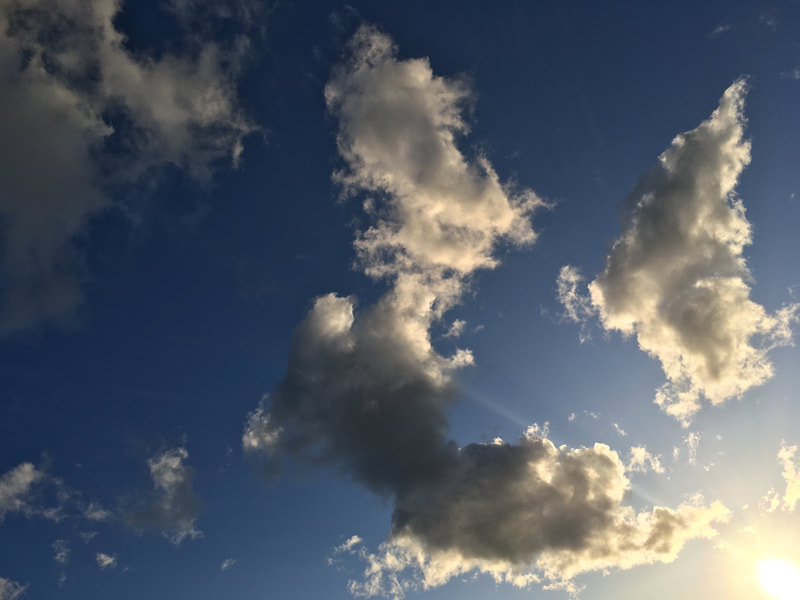|
So I thought to continue on my last post about French baroque music. After what I mentioned last, it might seem to you that French music is fussy, superficial, and just not approachable. So why would we want to play this music and why does it attract me?
Well, I can’t speak for everyone, but here are my thoughts: I think it IS because French baroque music lies in this gray zone of expressions. To use articulation to create a fine lace of sounds, the sensation of using the breath sparingly and in subtle ways puts me at a place where I feel like I’m floating while playing. The intricate ornamentation isn't just about playing the right notes, but it contributes to an affect and expression. And for me all this is actually something incredibly deep and meaningful, and is one of the main drives for me to play the baroque traverso. It puts me in another dimension, to sing through my flute and taste every phrase, every note. Technically speaking, this means being able to work your air in a very flexible way. Here’s a fun thought: see if you can visualize your breath like a jellyfish moving underwater in slooow motion. Be able to direct the breath, make it undulate according to the phrasing, up to the final wisps of air between notes and at phrase endings. (imagine those like the fine and long tentacles of the jellyfish!) There is a lot of nuanced tapering of sound needed in this music to reflect the commonly open, ambiguous ends of words in the French language. In connection, achieving this effect will also involve the very fine, micro muscles of the embouchure. These techniques need to be learned, of course, and may not come so naturally. Many talk about learning French to understand this, which would indeed be helpful, but perhaps these visualizations can also help people figure out how to translate the language into flute-playing. The above passage from Blavet's Recueil de pièces is an attempt to show how to work the breath in this case. It's impossible to notate exactly what happens, but hopefully this gives an idea. Note also Blavet's indication: tender with a sustained, well-spun sound. I hope you can find the same joy as I experience from French baroque music. 🌬️ Keep playing, keep floating, keep spinning.
0 Comments
How can we practice tuning? I'd first like to introduce the concept of how tuning is more than just a number, or where the needle is showing on the device. It is about being in accord with yourself and/or with others. Tuning is beyond an absolute value, but it's how something fits in relation to others - whether it's other notes, other instruments, other voices. Things like color, articulation, phrasing, your intention with the note - these can all influence intonation in the sense of how the note or phrase fits in with everything that's happening around it.
Everything in flute playing begins with the breath. The first and foremost reason for practicing scales and arpeggios is learning where each note lies inside you. How does it feel to play that note and where do you feel the note is coming from inside you? Scales and arpeggios are ways how we can internalize our musical alphabet if you would, very much like a singer or a string player who knows all the positions of the notes on the fingerboard. Without this basis, our fundamental building blocks will be weak and we won't be able to achieve freedom in expression. While warming up with scales and arpeggios in a practice session, I like to have a tuner set on generating either the tonic or the dominant note of the key. I then play against that drone and try to listen and obtain pure intervals. This way, one is learning and acquiring the notes internally while at the same time having a sense of direction and structure. This will also lead to flexibility in tone production which is then necessary when playing with others, as we'll have to adapt to what is actually happening in the given situation, with those variables mentioned previously. For the same reason, I've also intentionally left out the subject of different tuning systems, because again, I believe practicing tuning is about acquiring a foundation in sound which is solid and flexible at the same time. That we have command over what we do and know how to handle the intrinsic issues of historical flute-playing. Listen, feel, notice - be in the moment. These are photos straight from my phone. Clouds are great examples of how we can play with a 3-dimensional sound. Sound, just like clouds, is not a solid object but yet it can convey depth, height, texture....
To do so, I believe we need to start with being deeply conscious of your breath. Also in the moments when we're not flute-playing. What are your ways to make your sound 3-dimensional? A heartfelt THANK YOU to everyone who came to my Corrente workshop on Sunday! I'll admit it was ambitious planning to talk about the Bach Corrente in 30 minutes😅, but I'm really grateful for the interest from around the world, including participants from Asia tuning in at their wee hours. The Traverso Practice Net and I will be gathering people's feedback and we hope to see you again at a future event. Here's one of my messages from the workshop:
This is from one of my favorite sections in the CPE Bach's solo sonata:
In historical flute playing, we talk a lot about using varied articulation to create "light and shadow" in our sound. However, if the breath is not supporting that, if there's no "light and shadow" in your breath, then we are only half way there. Being able to shape and release the breath is the absolute basis and a top priority in the art of wind-playing.
Hear me live on this topic and get some hands-on playing at my upcoming workshop BEYOND THE ALLEMANDE on Feb. 5! |
ABOUT THE BLOG:I got inspired to document my own observations in flute-playing and music-making. Also, I thought it's important to pass on the teachings of the great Wilbert Hazelzet, as well as many other mentors who have influenced my artistic visions one way or the other. Enjoy this potpourri of tips, inspirations, and musings. TOPICS:
All
👉"Teddie Talks Traverso" on YouTube
WorkshopsTEACHING:I'm specialized in coaching historical and modern flutists. CONTACT ME directly to set up a session, in person or online. Archives
May 2024
|





 RSS Feed
RSS Feed